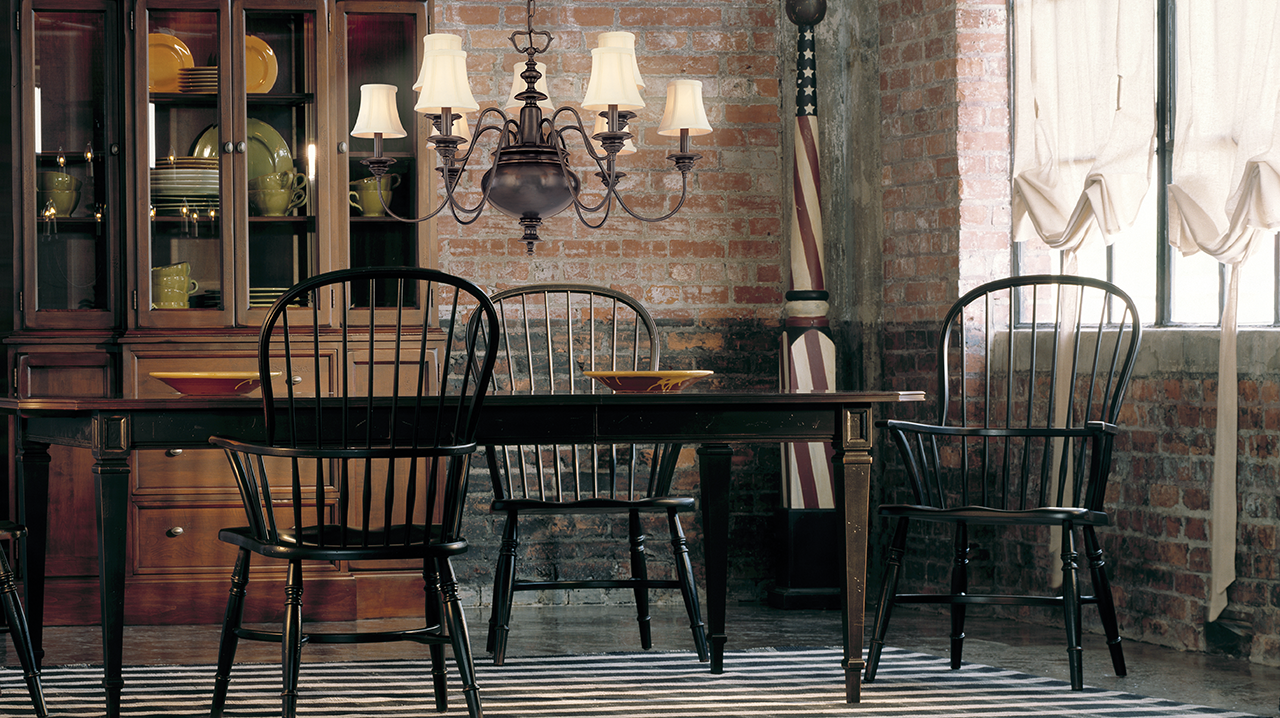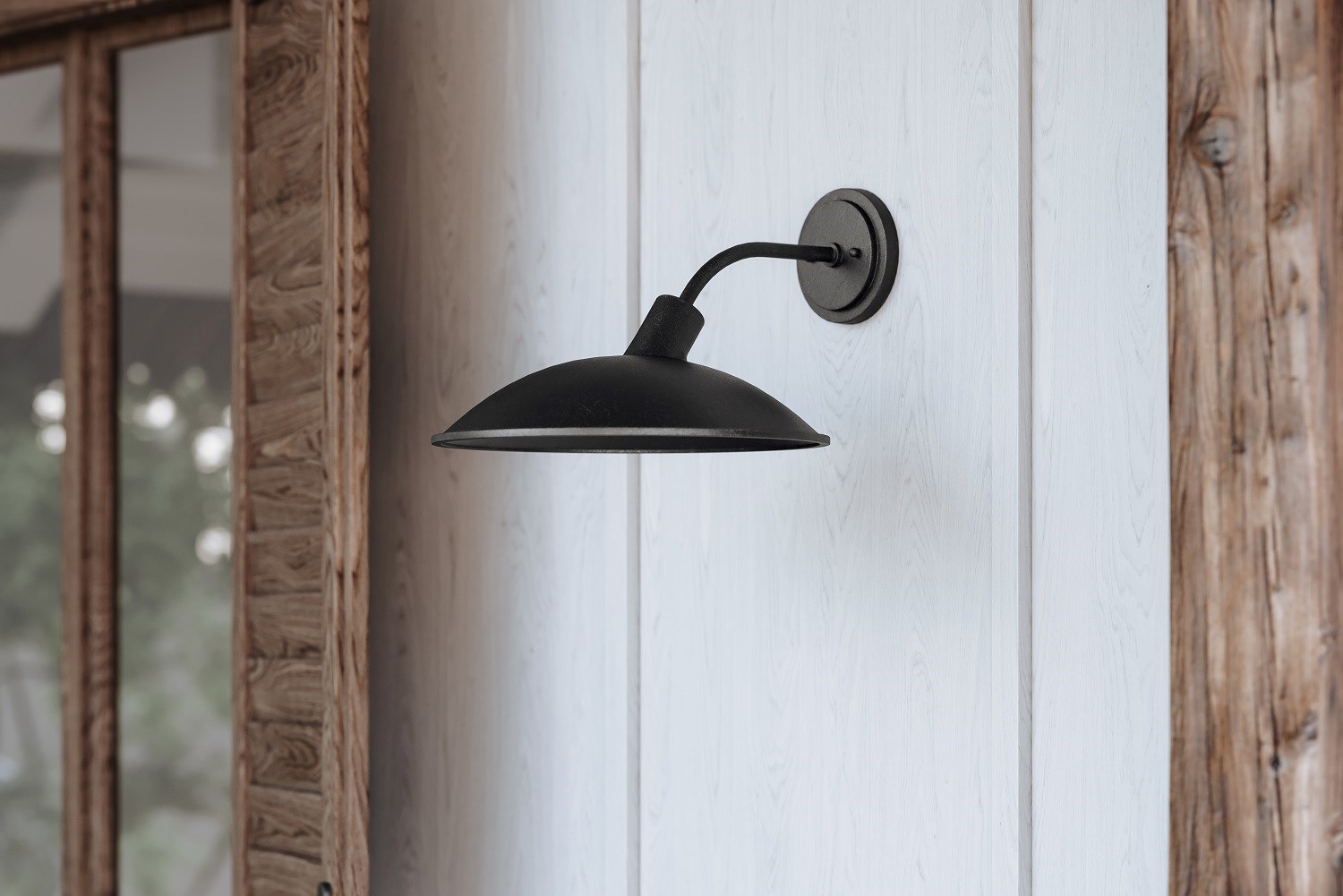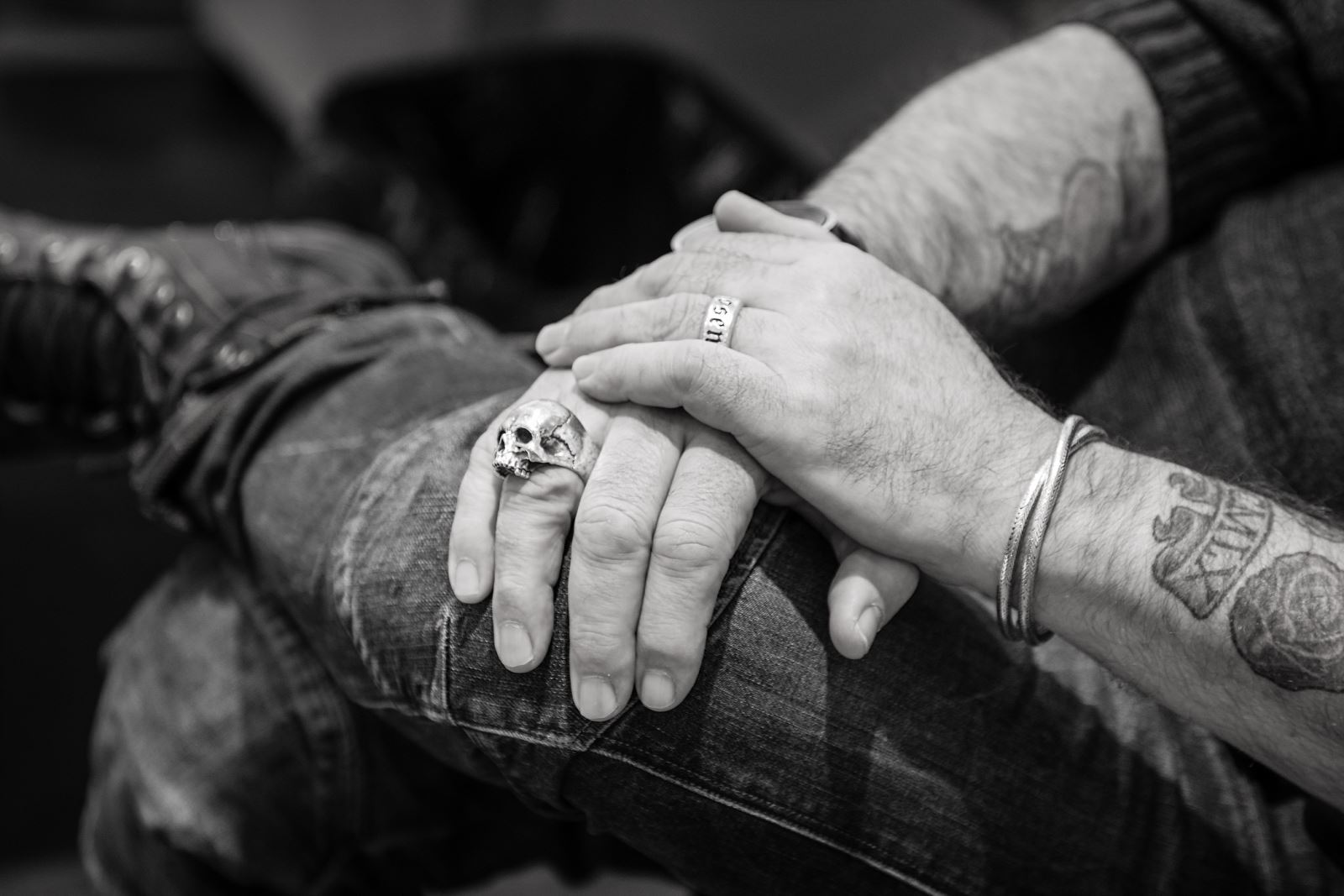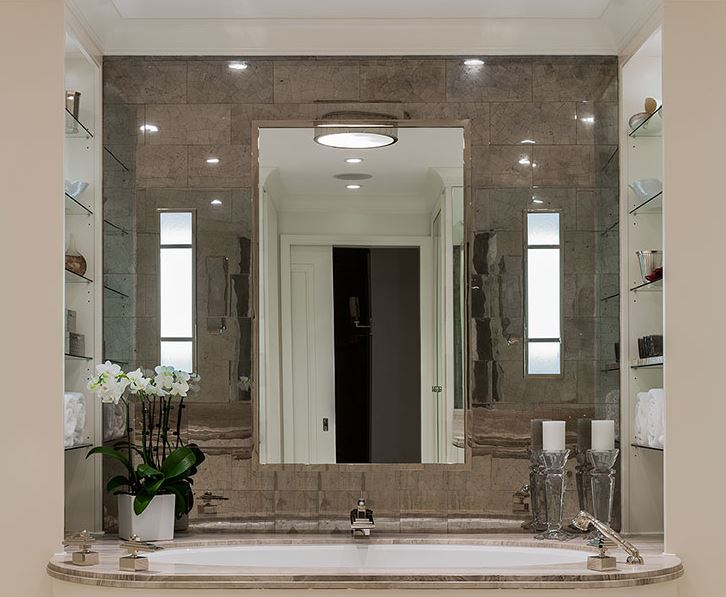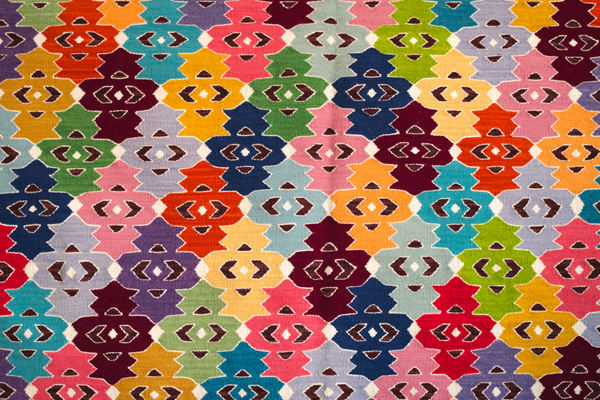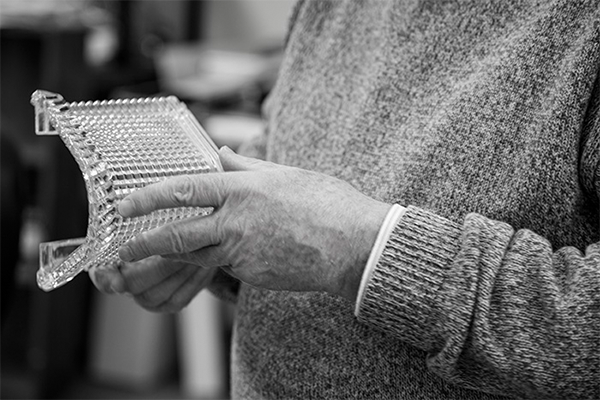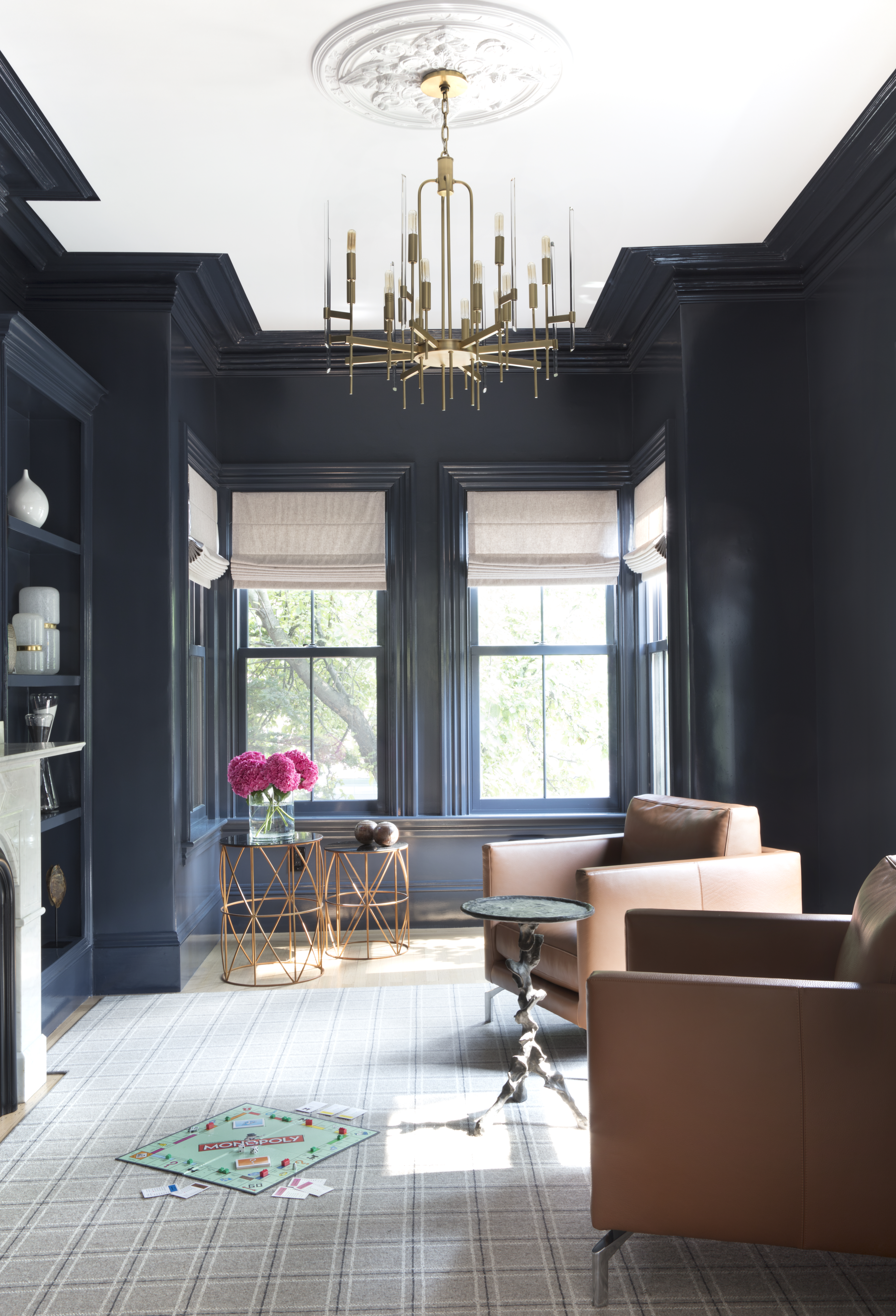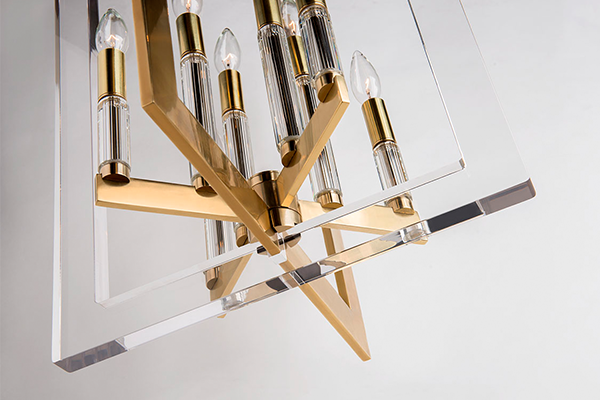February 20th marks the federal holiday, George Washington's Birthday, informally called Presidents' Day.
Presidents' Day offers reflection on the life and legacy, the ideas and ideals set forth by George Washington. It wasn't always a holiday, however.
In January 1862, the Constitution was threatened by the Civil War. A thousand people in Philadelphia petitioned Congress to start an observance of Washington’s birthday. This observance included reading Washington's Farewell Address aloud in at least one of the houses of Congress. On the occasion of the 130th anniversary of Washington's birthday, the Farewell Address was read aloud in Congress on February 22, 1862. It was not read again until 1888 in the Senate, 1899 in the House. The Senate's held a formalized annual reading since 1894, while the House continued the practice until 1984.
Abraham Lincoln was born on the 12th of February, and was the one in office when the holiday was declared. As the passage of time turned him into the only other president with such seemingly universal approval as Washington, beloved and cherished as the savior of the Union and the liberator of slaves by nearly everyone*, the holiday began to take on reflection on his life and legacy, as well. This proximity of birthdays and greatnesses made it a natural progression. In time, this drift from George Washington's Birthday into Presidents' Day took on more presidents, becoming a vague acknowledgement in some places of all presidents and their service to the country.
We thought we'd use the occasion to shed light on the influence of early Founding Fathers and Presidents on interior decor, and the lasting connection between Colonial Era candelabras and today's lighting fixtures.

Detail from "Apotheosis of Benjamin Franklin and George Washington" (toile), 1785-1800
Collection of Robert Staples and Barbara Fahs Charles
FRANKLIN & TOILE
Do you love toile? You know, that French fabric with pastoral, rustic scenes replayed, often in some shade of red or green or blue, on a white background? It turns out it’s another thing that we have to partly thank Benjamin Franklin for (like fireplaces and electricity and the Constitution).
There's not many things you can name that were fashionable in the 1770s and still are today, but toile is one of them.
Toile is the French word for cloth; when we refer to this fabric as toile, we're using shorthand for the full name, toile-du-Jouy, itself short for the full name of the place whence this famous fabric comes—Jouy-en-Josas. Christophe-Phillippe Oberkampf and his chief designer Jean-Baptiste Huet created this new style, their repeated patterns a result of the 10" letterpress with which they stamped the fabric. Begun in the 1760s, they were immediately popular, both in France and beyond. As Katherine Wisniewski points out in her article, "Ode to Jouy: A Brief History of Toile," the charming and frivolous scenes depicted on these textiles often spoke to an idealized fantasy of French national identity. It projected a vision of liberty, leadership, leisure, and luxury that bolstered a positive national self-image.

Hudson Valley Lighting fixtures left to right: Empire, Cohasset, Jefferson
Writing for Houzz, Paul Anater claims it was Benjamin Franklin who introduced toile to the States and unintentionally started the process of it becoming wildly popular stateside. He brought back a bolt of toile for his wife, Deborah Reade, in the 1770s.
Franklin's introduction of toile to the new world was so successful, it's said to have put the original producers out of business eventually. (Don’t worry—Oberkampf went from rags to riches on the riches of his rags. The intellectual patents on their designs kept them in perpetual good wealth. Starting off sleeping on his press because it was the only piece of furniture he owned, Oberkampf was set for life once toile became highly sought far and wide.)
Toile pairs beautifully with old-fashioned yet crisply modern wall sconces with exterior wire guarding like our Claremont family, pictured below. It also works well with contemporary furniture and lighting, as you can see in Emily Henderson's design blog here.
JEFFERSON & PARIS
Thomas Jefferson, author of the Declaration of Independence and Third President of the United States, enjoyed the finer things in life. He was keen on as many things as one could imagine, a true renaissance man, interested in art and architecture, theater and theism, horticulture and how self-government works. While enjoying his post as diplomat in Paris, his pen was in constant use, notating things he observed about the architecture.
He was also writing letters frequently, putting down his thoughts about the many things he admired about the city.
Writing to Madame de Tessé March 20, 1787, Jefferson said, "While at Paris, I was violently smitten with the hotel de Salm, and used to go to the Thuileries almost daily to look at it."

Hudson Valley Lighting Tuilerie two-light wall sconce in Aged Brass
Jefferson's home, Monticello, designed and built by him to large degree, is one of the enduring man-made national treasures of America, a place where we first forged a national identity, a style of substance. Much of it was influenced by models of antiquity he observed in Paris.
But it wasn't just the architecture, it was what he adorned this space with and what small objects of pleasure he used in a quotidian fashion. While in Paris, Jefferson shopped for a lifetime. According to the official page of the historical site Monticello, “[Jefferson] bought furniture, kitchen utensils, candlesticks, teapots, tablecloths, fabric, and many other items. When he arrived back in America, he would eventually have 86 packing crates shipped to him from Paris.”
Just as the French idea of bloody revolution against despots and monarchs influenced our own, their designs both interior and exterior influenced some of our early models.
In a letter to Samuel H. Smith, dated 21 September 1814, Jefferson writes, “[W]hile residing in Paris I devoted every afternoon I was disengaged, for a summer or two, in examining all the principal bookstores, turning over every book with my own hands, and putting by every thing which related to America, and indeed whatever was rare & valuable in every science."
COLONIAL ERA & LIGHTING FIXTURES
The early days of the United States continue to cast their spell on us, both the intellectual and philosophical ideas so headily and heatedly discussed and the aesthetic of the time and place. The recreation of historic Williamsburg in Virginia in the 1930s revitalized industry in the decor and the domesticity of the times, an interest which continues to this day. While the fledgling states were no longer colonies, this time period in decor is still referred to as the Colonial Era. It proved especially influential in lighting.

Hudson Valley Lighitng Yorktown Chandelier
While obviously there was no electricity in the Colonial Era or immediately after, primitive lighting fixtures existed in the form of suspended candelabras and wall sconces using candles. Vintage forms from this era such as the “ball & scroll” style were adapted to electrical fixtures. Reaching a zenith of popularity during the eighties, they maintain their appeal. Many things from the eighties have made a comeback, brass being a big one. Will colonial-style fixtures be the next thing?
Our Cohasset most clearly demonstrates this "ball & scroll" design. The ball is the body of the chandelier, forming an anchor, a weighted center. "Scroll" refers to the curve of the arms. The candlestick metal arms imitate candles from the days of yore. It's not just the candles being approximated, though. At the base of the sleek stick, there's the form of a candle cup, which would've held the candle, and then, beneath that, a bobeche, which would have been a disc intended to catch melting wax.
Scanning through our fixtures, you'll notice many fixtures continue to feature candlesticks, candle cups, and bobeches, though none are in any way essential to today's lighting fixture, which could take almost any form. That's because these iconic, old styles continue to resonate with us and speak to our sense of beauty.
Though Hudson Valley Lighting now focuses on cutting-edge fixtures that feel at once contemporary and sure to last in both substance and style, our roots are in colonial lighting. Spending the first thirty-odd years of our existence in historic Newburgh, near Washington’s Headquarters, we were connected to the spirit of this era. As mentioned, at the time of the company's early days, Colonial Era lighting styles were in demand.
But there's more to it than that. It springs from a personal passion.
Founder David Littman used to go antique-shopping with his mother, selecting items with her and learning about them from her. He recounts, "My mother had a passion for antiques and I was thrilled to be her partner in these 'treasure hunts.' Helping build her collection gave me an appreciation for beautiful things—for how beauty can transform your experience of the everyday."
That said, colonial-style fixtures are enduring classics, still at home in certain environments. A space with exposed wooden beams, a restored house from the nineteenth century and earlier, an exposed-brick wall—depending on other decor choices, these cleaned-up classics fit right at home.
Take a look at this amazing 1939 Colonial Revival in a Detroit suburb Corey Damen Jenkins designed, using fixtures like our Marietta and Cohasset, to get a sense of how they fit into fresh, new spaces with a respect for the past.
To explore more fixtures of ours in this style, visit our Classic Heritage selection. For more inspiration, visit our Old World Elegance Pinterest board.
*George Saunders, author of the new novel Lincoln in the Bardo, remarked recently that his research for the book showed him that this was not always the case, something that's easy for us to forget: "While researching my novel I came across two quirky, powerful books on Lincoln, both consummate labors of love: The Physical Lincoln, by John G. Sotos, M.D., is a catalog of every description of every part of Lincoln’s body ever recorded. The Unpopular Mr. Lincoln, by Larry Tagg, lists all of the many negative, hateful and/or threatening things ever written about Lincoln. These had the effect of destabilizing my view of history, underscoring the notion that any history is just a selective sampling, and that reality is always eluding our attempts to reduce it."


